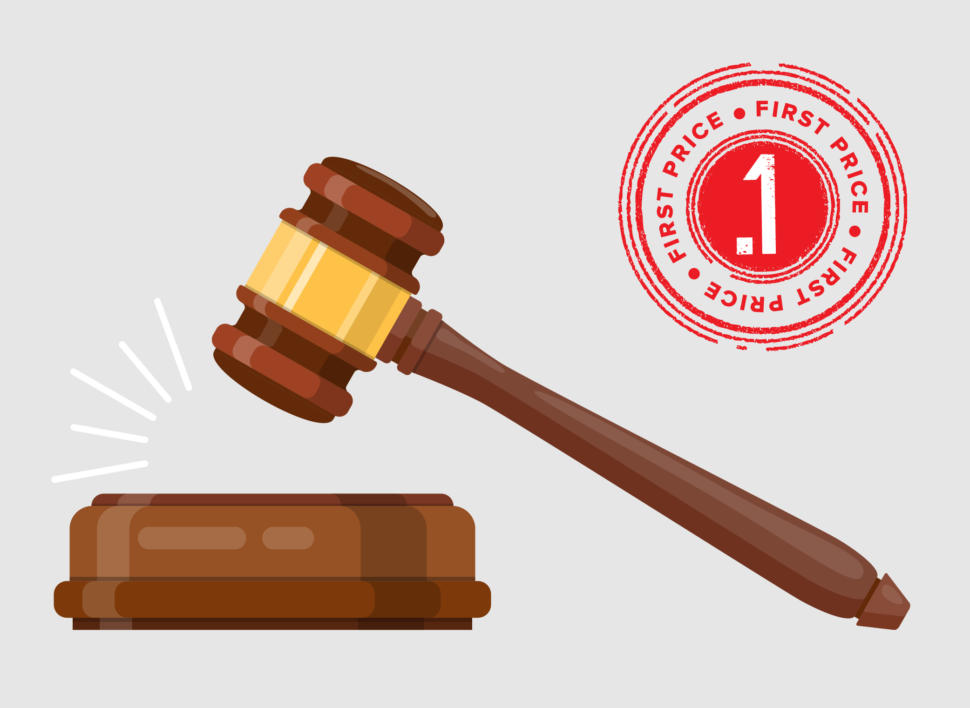How did Adwords change bidding at the end of 2023? (performance analysis)
What is AdWords? Google AdWords, now known as Google Ads, is an online advertising platform by Google. It allows businesses…

In theory, first-price auctions bring simplicity and transparency. The model assumes that buyers will bid exactly what they perceive as a value of the impression and everyone will be satisfied. The problem is that it will never happen, because, in AdTech, people love to optimize. Whatever auction model you work with, two things never change: buyers want to spend less, and sellers want to earn more. The conflict between them is an engine that drives AdTech development.

First-price yield optimization goes long for the sell-side. It is still a game between sellers and buyers, but only buyers see results immediately.
In second-price auctions, sellers can look for the best revenue by managing floor prices. They can even split the traffic for equal parts and apply different pricing to see how prices are determining total revenue, but with first-price, each floor-price decrease increases revenues in the short term and vice versa. Each time floor prices go up, revenue goes down in the short run.
So if you think about tomorrow’s revenue, the best thing is to set the floor to 0 but remember, buyers, are analyzing your prices in an automated way, looking for the lowest price for which they can still buy your inventory. The cost of tomorrow’s revenue maximization is a risk of getting lower bids later on and having a revenue reduction.
Also, header bidding will not push your Google AdX any more. It will still have value for you, especially when your header partners have unique demand, and the margins they have are lower than Google margins.
[mc4wp_form id=”407″]
Keep calm. Things will change, but it is quite easy to not lose after this switch.
You can even increase your revenue. This change will not increase or decrease the value of global ad spends in a meaningful way, so there will still be enough money on the market, just don’t let others take a part of your share. Keep in mind that in the beginning, your revenue will probably rise due to some buyers that will be late with buying-strategy adoption and will still bid as they would in the second-price world.

With time, the revenue will probably drop, as machines on the buy-side will be looking for the lowest possible price for which they can buy inventory.
Below we present you two sets of tips, you can adapt to your revenue optimization methods.
(The simple version if you’ve never optimized open market).
(The advanced version for hard open-market optimizers and for Yieldbird).
However, if you are big enough that 20% uplift from your open-market revenue can cover the cost of that team. You can consider it an investment. If not, look for outsourcing or implement the simple version.

Karol Jurga
Chief Revenue Officer
See it in action.